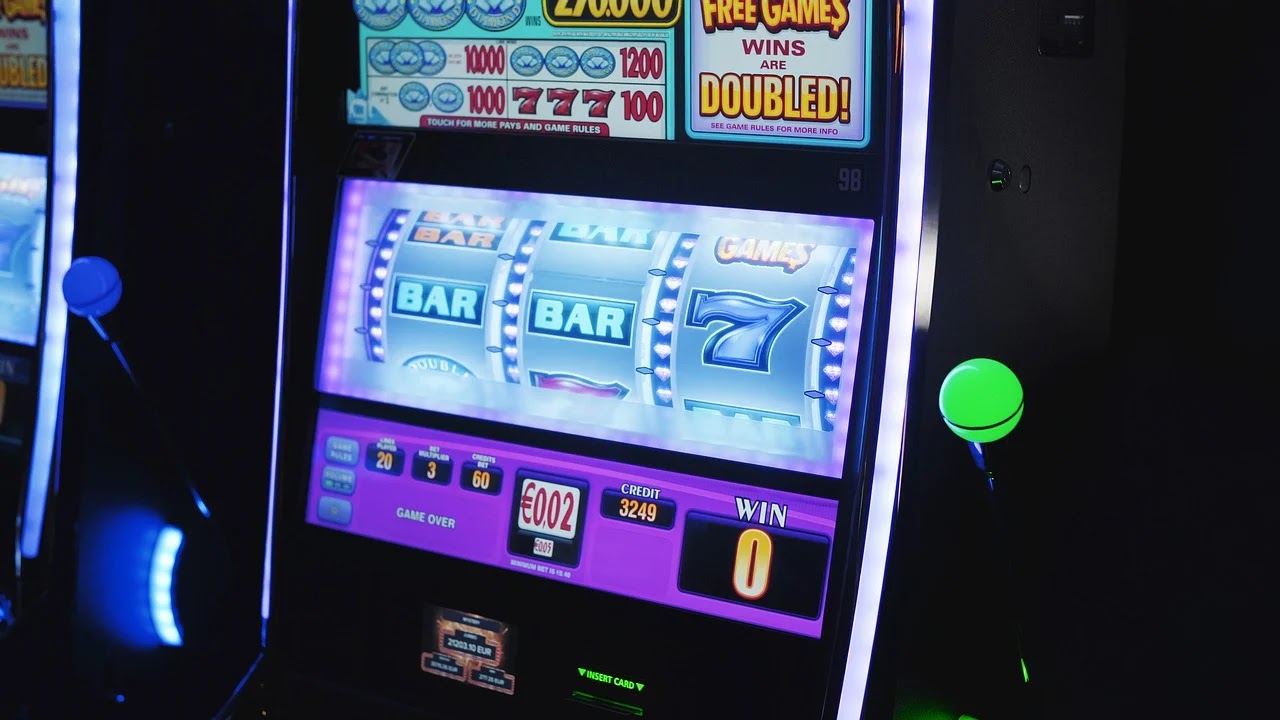Slot machines have been a popular form of entertainment for many years, attracting millions of players across the globe. These games of chance are based on pure luck, but there is much more to them than meets the eye. To fully understand slot machines, diving deeply into the mathematics governing them is essential. In this article, we will break down the odds, RTP, and variance of slot machines, so you can better understand how they work.
Odds of Slot Machines
Odds are the probability of a particular outcome in a game. Regarding slot machines, odds refer to the likelihood of winning a specific combination of symbols. The odds of winning a slot machine game depend on the number of reels, the number of symbols on each spin, and the number of pay lines.
The more reels and symbols there are, the lower the odds of winning. For example, a slot machine with three reels and five symbols per reel will have better odds than a machine with five and ten symbols per reel. Additionally, the number of pay lines affects the odds of winning. The more pay lines there are, the better your chances of winning, but the payout will be lower.

Return to Player (RTP)
Return to player (RTP) is a percentage that indicates how much money a slot machine pays back to players over time. This percentage is calculated over millions of spins and considers all the wins and losses. For example, if a machine has an RTP of 96%, it means that over time, the machine will pay back 96% of the money put into it.
It is important to note that RTP does not guarantee how much money you will win or lose on a particular machine. It simply indicates how much money the machine pays back over time. A machine with a high RTP does not necessarily mean you will win more money than a machine with a lower RTP.
Variance
Variance, also known as volatility, measures the risk of playing a particular slot machine. A slot machine with high variance will have fewer but bigger payouts, while a machine with low friction will have more frequent but smaller payouts.
High-variance machines are more suited to players willing to take more significant risks, while low-variance machines are more suited to players who want to play safely. Choosing a machine with a variance that suits your playing style and budget is essential.
In conclusion, the mathematics of slot machines is complex and involves several factors such as odds, RTP, and variance. By understanding these factors, players can make informed decisions about which machines to play and how to manage their bankroll. Remember that slot machines are games of chance, and there is no surefire way to win. However, with some luck and understanding, you can increase your chances of hitting the jackpot.


